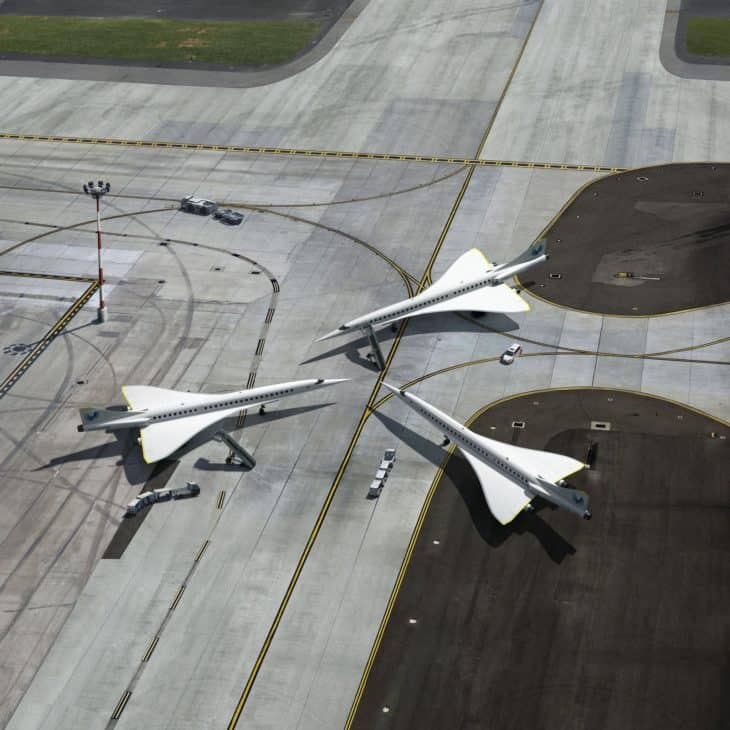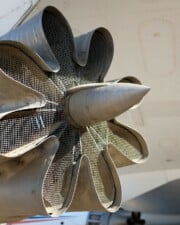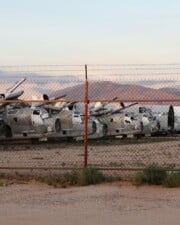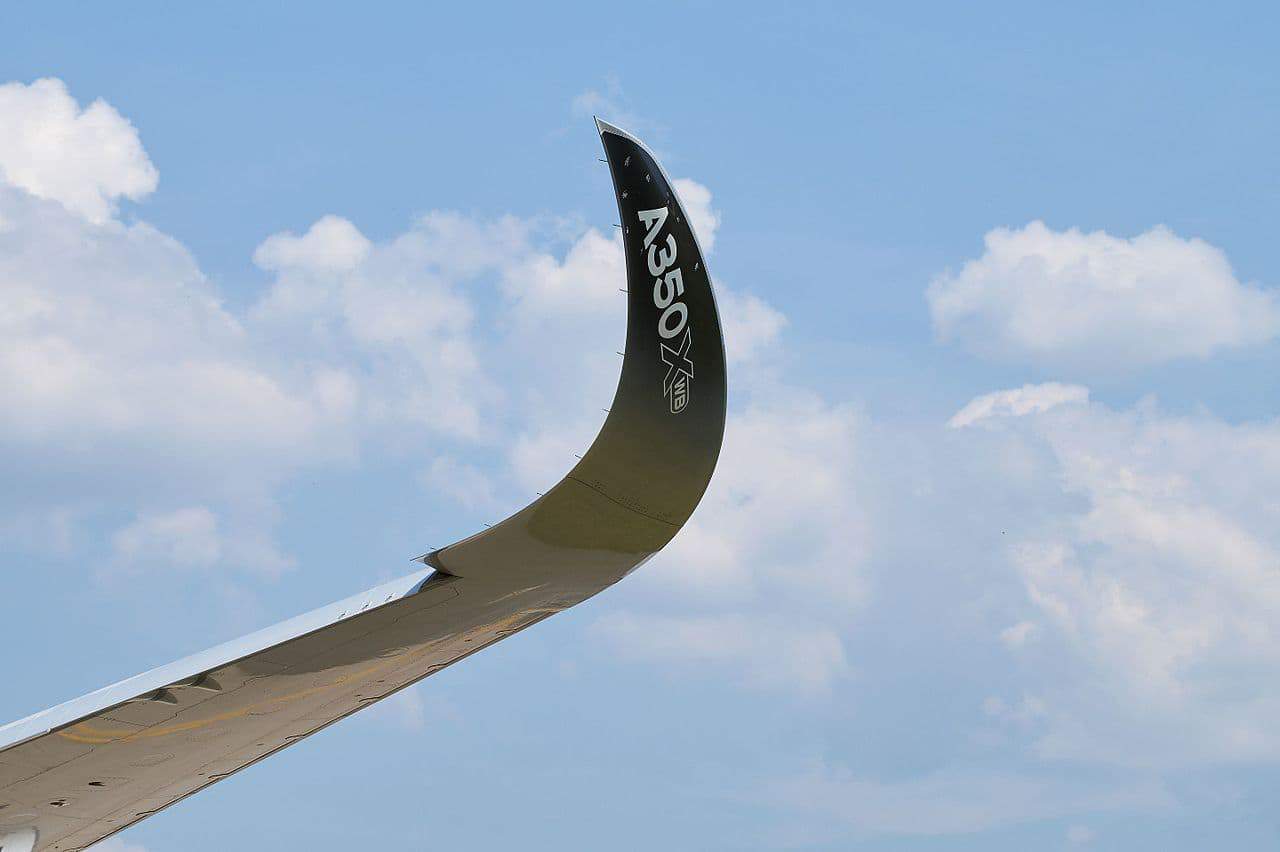It’s all too easy to take the pace of air travel today for granted. Trips that took days or weeks to complete in the era of steamships and steam engines can be completed in mere hours in the age of commercial jetliners. Yet planes aren’t seem to be getting any faster. Why don’t planes fly faster?
Airplanes don’t fly faster because it is not in their economic best interest. Flying faster means burning more fuel. This means ticket prices would go up. History has shown passengers rather spend more time in the air if it means lower airfares.
It’s odd to think that air travel really hasn’t gotten much faster since the 1960s. After all, planes boast some of the biggest and most complex engines of any craft. The amount of fuel they consume is enormous. Even so, these factors are not always directly responsible for speed.
The answer is complex, and has to do with physics, fuel, and the nature of the air travel industry.
Can Airplanes Fly Faster?
First, let’s get a better idea of how fast commercial planes can go and how they achieve that speed in the first place.
The typical speed of most commercial airliners tops out at around 480 to 510 knots, with 525 knots being the very top end. When we talk about a plane’s speed, we’re actually talking about two different terms: airspeed and ground speed.
Airspeed vs Ground Speed
Ground speed, as the name implies, is the amount of time it takes for a plane to cover a distance above the ground it’s flying over. Once they reach a cruising altitude, most commercial planes boast a ground speed of somewhere between 300 and 600 nautical miles per hour.
While this cruising speed is relatively stable—or should be—a plane’s speed can be impacted by the wind. A strong tailwind can help push it along and achieve higher speeds, while a headwind can slow the craft down and reduce its speed.
Airspeed, by contrast, refers to the speed at which air passes over the wing of the plane. This means that even if a plane is stationary on the runway while a headwind passes over its wing, it technically has airspeed. Airspeed over the wing helps determine a plane’s lift.
Now that we have a better idea of how these planes are able to achieve their speeds, we can start to see one reason why speed has not increased. Obviously things like headwinds and tailwinds are natural forces. We cannot change the wind or the headwinds it creates.
Flying Slower To Save Fuel
Another big reason why planes have been unable to increase their speed is the fuel economy associated with commercial airliners. It is one thing to imagine and design engines which may be able to attain faster speeds, but it is quite another thing to attain those speeds.
The faster a plane goes, the more fuel it uses per passenger per mile, and the more expensive the cost of flying becomes—and thus the more you have to pay for a ticket. Our current speed limits are thus partially the result of economic limits.
Technical Limitations
Another reason why flights have remained roughly stagnant in terms of top speeds and travel time for the past fifty years is due to the technical limitations imposed by fuel economy considerations. What efficiency improvements have been made don’t help raise top speeds.
For example, consider the air intake areas on modern engines. They may be larger than previous models and able to move more air, but they also work better at slower speeds. The improved intake efficiency of engines, therefore, helps limit how fast those engines can go.
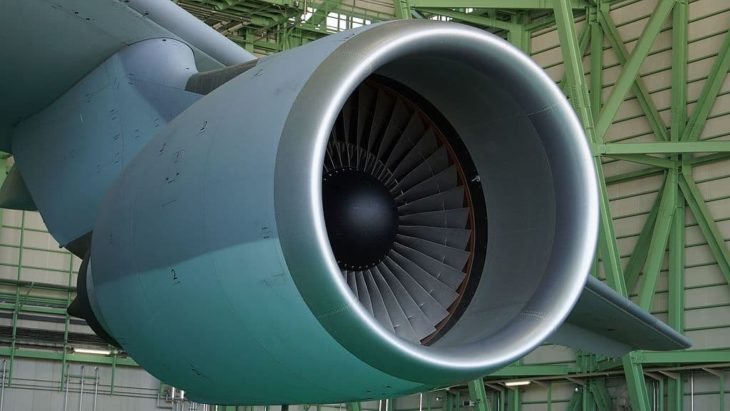
Furthermore, there is the monetary side of these technical considerations. Is it possible to design faster engines for commercial airplanes? Yes, and we’ll discuss one such case below. But is it profitable to do so? In many ways, no.
Even though faster engines could mean that flights could be completed more quickly, there is no guarantee that that would make for better profits. Striving to innovate costs money, and the fiscal benefits of faster engines are questionable.
Supersonic Flights
While commercial planes and the economic and technological rules which govern them have largely remained the same since the 1960s, there is one exception which helps demonstrate the possibilities and limits of commercial flight even further – supersonic planes.
The Concorde is the most notable of these. It has made Transatlantic flights for more than forty years. Whereas a regular commercial flight from London to New York can take seven hours, a Concorde can do it in half that time.
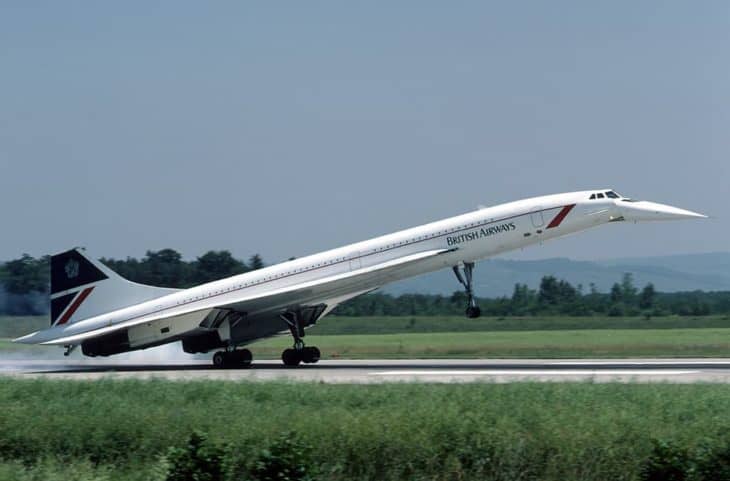
The speeds at which the Concorde was and is able to travel remains far faster than your average commercial jet, topping out at around 1300 miles per hour.
However, as anyone who has ever seen or heard a supersonic airplane knows, these planes can be quite loud. Traveling at supersonic speeds means generating sonic booms. While that noise may be fine for flying over oceans, imagine those defeating booms echoing over cities.
What’s more, supersonic engines are anything but cheap to produce and maintain. Once again, there are speed considerations and there are economic considerations, and the latter almost always win out.
Such was the case with the Concorde. In the end, all that extra speed was not worth the extra cost to airlines, and these planes were largely phased out by 2003.
The future of supersonic flights remains intriguing, if not uncertain. On the one hand, if we are to attain faster flight times, this is already one way to make it happen. On the other hand, we’d need to find a way to make those cost considerations go away first.

That does not appear to be happening, and in fact, the opposite has largely been true. Rather than trying to make supersonic jets better, they remain a luxury item for those rich enough to afford them, often as private jets.
You might think that supersonic engine technology would at least impact engine design today and perhaps lead to faster “normal” engines for planes. However, the opposite is true, as modern engines have largely diverged from supersonic designs.
Comfort Disincentivizes Speed
Besides which, it’s worth wondering how much people care about fast commercial jets in the first place. In the past, when planes had limited entertainment options, poor food, and less comfortable conditions, it was definitely a prime concern.
Today, however, it is more comfortable to travel than ever before. We can watch a huge array of shows and films, enjoy comfortable seats, and while it is far from perfect, in some cases even the airline food has improved.

What’s more, passengers can now use their phones onboard as long as they are in airplane mode. Some airlines even allow passengers to watch live TV and use Wi-Fi.
With improved comfort comes happier passengers – and more expensive flights. These factors combine to once again disincentivize airlines from investing in faster engine technology.
Customers are not sitting out flights and demanding that they be shorter because the conditions are so terrible. Improving flight times would mean spending more money, and they are already doing that in part by spending on customer conveniences.
There are thus fewer incentives for companies to invest in the kind of engines which could make flights faster in the first place. What’s more, even if they did, there remain very real technical limitations.
For now, we’re better off bringing a good book and our tablet and simply hoping the flight passes as quickly and comfortably as possible.
Related Posts
